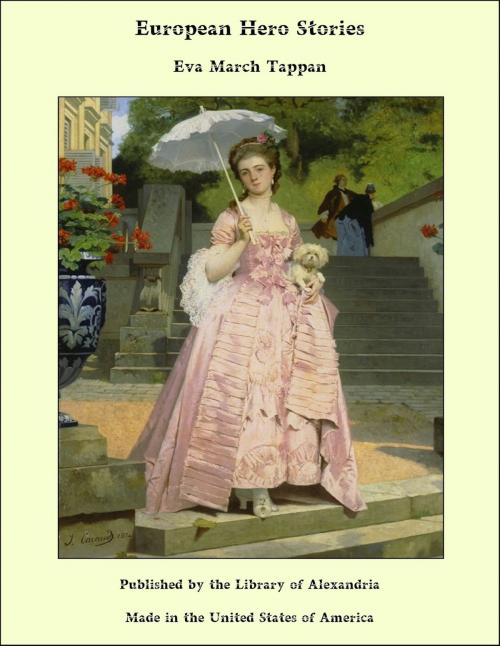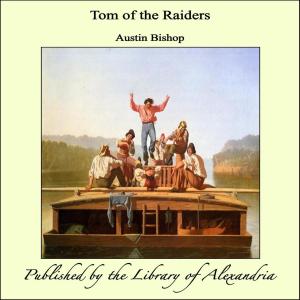| Author: | Eva March Tappan | ISBN: | 9781465604484 |
| Publisher: | Library of Alexandria | Publication: | March 8, 2015 |
| Imprint: | Language: | English |
| Author: | Eva March Tappan |
| ISBN: | 9781465604484 |
| Publisher: | Library of Alexandria |
| Publication: | March 8, 2015 |
| Imprint: | |
| Language: | English |
IF an Italian country boy had been taken to visit Rome fifteen hundred years ago, he would have found much to see. There were temples and theatres and baths. There were aqueducts, sometimes with arches one hundred feet high, stretching far out into the country to bring pure water to the city. There was an open space known as the Forum, where the people came together for public meetings, and in this space were beautiful pillars and arches and statues of famous Romans. Around the Fo'rum were palaces and temples and the Senate House; and directly in front of the Senate House was a platform on which speakers stood when they wished to address the people. The platform was called the rostrum, from the Latin word rostrum, meaning the beak of a warship, because it was adorned with the beaks of ships which the Romans had captured. Another open space was the great race-course, the Cir'cus Max'i-mus, where 250,000 people could sit and watch leaping, wrestling, boxing, foot-races, and especially the famous four-horse chariot races. There was the Col-i-se'um, too, where gladiators, generally captives or slaves, fought with one another or with wild beasts. The Roman streets were narrow, and they seemed still narrower because many houses were built with their upper stories projecting over the lower; but in those narrow streets there was always something of interest. Sometimes it was a wedding procession with torches and songs and the music of the flute. Sometimes it was a funeral train with not only the friends of the dead man, but also trumpeters and pipers. In the long line walked hired actors wearing waxen masks made to imitate the faces of the dead person's ancestors. Early in the morning, one could see crowds of clients, each one hastening to the home of his patron, some wealthy man who was expected to give him either food or money.
IF an Italian country boy had been taken to visit Rome fifteen hundred years ago, he would have found much to see. There were temples and theatres and baths. There were aqueducts, sometimes with arches one hundred feet high, stretching far out into the country to bring pure water to the city. There was an open space known as the Forum, where the people came together for public meetings, and in this space were beautiful pillars and arches and statues of famous Romans. Around the Fo'rum were palaces and temples and the Senate House; and directly in front of the Senate House was a platform on which speakers stood when they wished to address the people. The platform was called the rostrum, from the Latin word rostrum, meaning the beak of a warship, because it was adorned with the beaks of ships which the Romans had captured. Another open space was the great race-course, the Cir'cus Max'i-mus, where 250,000 people could sit and watch leaping, wrestling, boxing, foot-races, and especially the famous four-horse chariot races. There was the Col-i-se'um, too, where gladiators, generally captives or slaves, fought with one another or with wild beasts. The Roman streets were narrow, and they seemed still narrower because many houses were built with their upper stories projecting over the lower; but in those narrow streets there was always something of interest. Sometimes it was a wedding procession with torches and songs and the music of the flute. Sometimes it was a funeral train with not only the friends of the dead man, but also trumpeters and pipers. In the long line walked hired actors wearing waxen masks made to imitate the faces of the dead person's ancestors. Early in the morning, one could see crowds of clients, each one hastening to the home of his patron, some wealthy man who was expected to give him either food or money.















